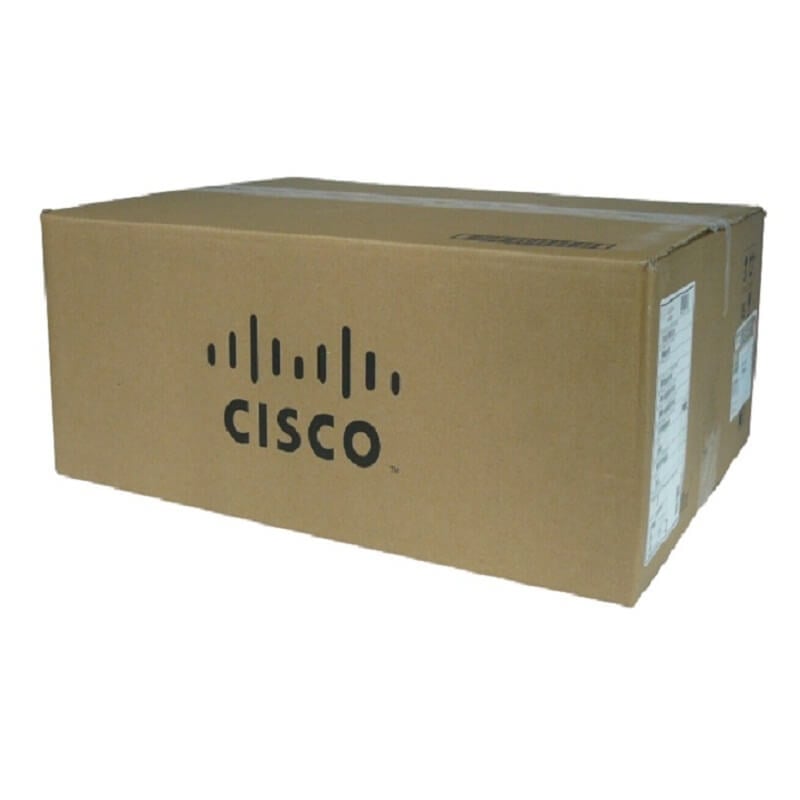Description
System Requirements Module
System requirements for a module refer to the minimum hardware and software specifications that are necessary to run the module properly. These requirements may include aspects such as the operating system, the type of server, the processor type and speed, the amount of memory and storage space, and the network infrastructure.
For example, the HPE Moonshot 6 SFP+ 10GBE Uplink Module may require a certain type of HPE Moonshot chassis, a particular version of firmware, and a certain type of 10GB Ethernet switch to be connected to the module. Additionally, the server hardware may need to meet specific requirements such as a certain processor type, amount of memory, and storage capacity.
It is important to note that failing to meet the system requirements of the module may result in suboptimal performance, instability, or in some cases, the module may not function at all. Therefore, it is recommended that the system requirements are thoroughly reviewed and met before attempting to install and use the module. This information is usually provided by the manufacturer in the product documentation or online user guides.
Network Security Features
Network security features refer to the measures taken to protect computer networks from unauthorized access, attacks, and misuse. These features include a variety of technologies, protocols, and practices that are designed to prevent, detect, and respond to security threats.
Here are some common network security features:
- Firewalls: Firewalls are used to block unauthorized access to a network. They examine incoming and outgoing traffic and can be configured to allow or deny specific types of traffic based on set rules.
- Intrusion Detection and Prevention Systems (IDPS): IDPS are designed to detect and block intrusions into a network. They use a combination of signature-based and behavioral-based analysis to detect and respond to threats.
- Virtual Private Network (VPN): A VPN provides a secure, encrypted connection between remote users or sites and the network. This is particularly important when accessing sensitive information over public networks.
- Access Control: Access control is used to ensure that only authorized users are allowed access to the network or specific resources within the network. This can be achieved through a variety of methods, such as passwords, biometric authentication, and multifactor authentication.
- Antivirus and Anti-malware: Antivirus and anti-malware software are used to protect the network against malware, such as viruses, worms, and Trojans. They can detect and remove malicious software from the network and prevent it from infecting other systems.
- Data Encryption: Data encryption is used to protect sensitive information from unauthorized access by encrypting the data so that it can only be read by authorized users who have the decryption key.
- Network Segmentation: Network segmentation involves dividing the network into smaller, more secure segments. This limits the potential damage that can be caused by a security breach and makes it easier to detect and respond to threats.
Maintenance Requirements
Maintenance requirements refer to the tasks and activities that must be performed to keep a system, equipment, or facility in good working condition. In the context of technology, maintenance requirements may include regular checks, updates, repairs, and replacements of hardware and software components to ensure that they continue to function properly and meet the needs of users.
Here are some examples of maintenance requirements in technology:
- Regular Updates: Software and hardware components need to be updated regularly to address known security vulnerabilities, bug fixes, and to enhance performance. Updates may include new features, new drivers, or other updates that help improve the functionality and performance of the system.
- Hardware Maintenance: Hardware components, such as servers, storage devices, and networking equipment require regular maintenance to ensure that they are working correctly. This may include cleaning, dusting, and testing to identify and fix any problems.
- Data Backup: Data backups are essential to protect against data loss caused by hardware failure or other issues. Regular data backups are necessary to ensure that critical data can be restored in case of a disaster.
- Security Maintenance: Security maintenance is necessary to keep the system secure from potential cyber attacks. This may include regular security patches, updates, and firewall configuration checks.
- System Monitoring: Regular monitoring of system performance is necessary to identify issues early and prevent downtime or other problems. This may include monitoring system logs, network traffic, and application performance to identify and resolve issues quickly.
- User Training: User training is necessary to ensure that users are using the system correctly and safely. Regular training can help users understand the importance of system security, backup, and other maintenance requirements.
DETAIL DESCRIPTION:
- Manufacturer Name: HPE
- Manufacturer Part Number: 704646-B21
- Type: Networking
- Sub-Type: Expansion Module 6 Ports
- Product Type: Uplink Module
- Moonshot 6 SFP+ Uplink Module
- Number of Ports: 6
- Data Transfer Rate: 10 GBPS











